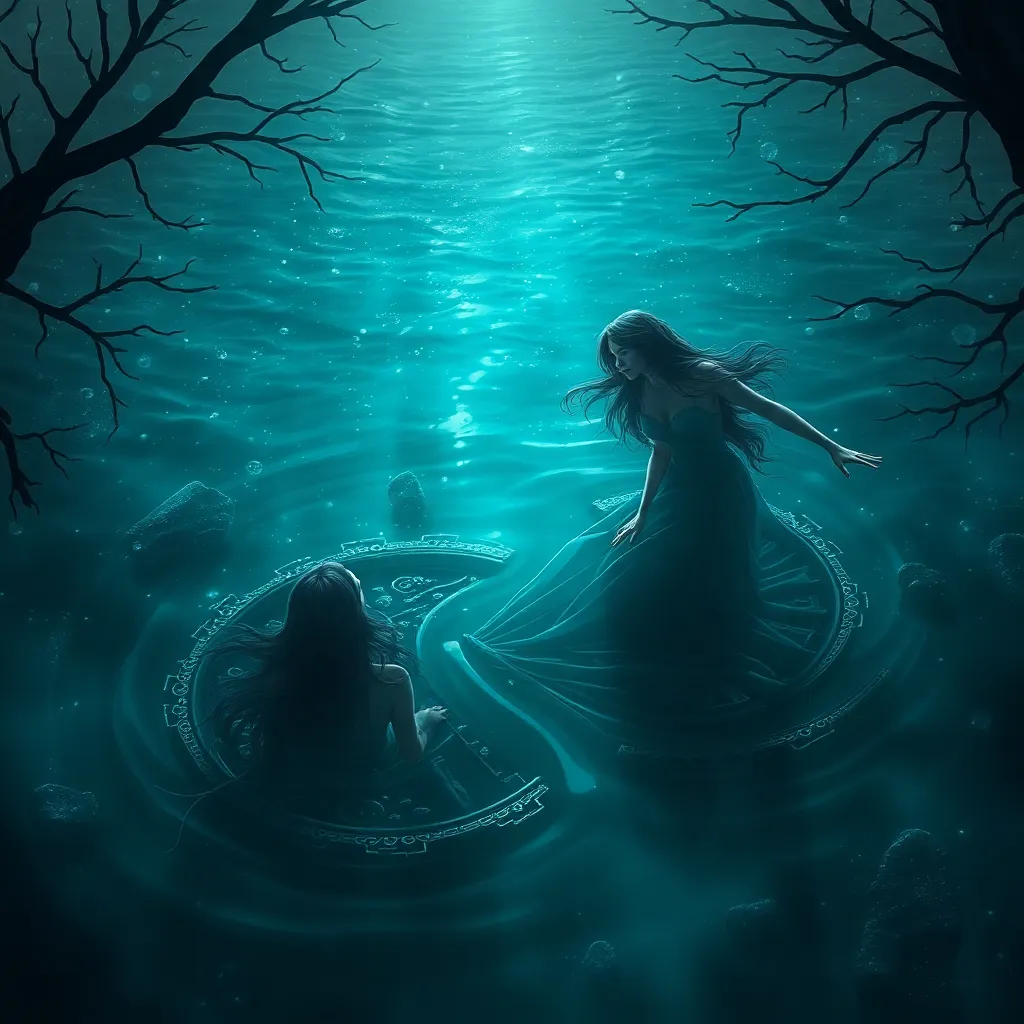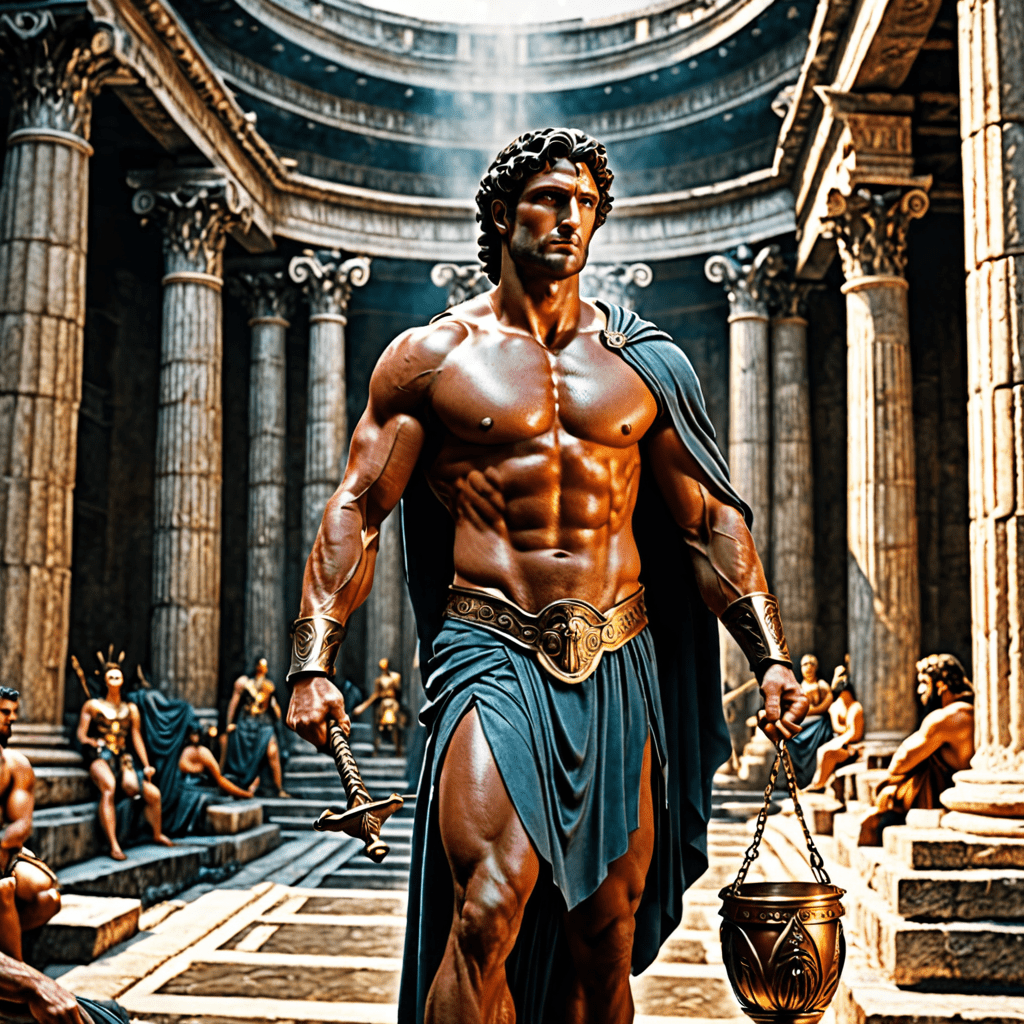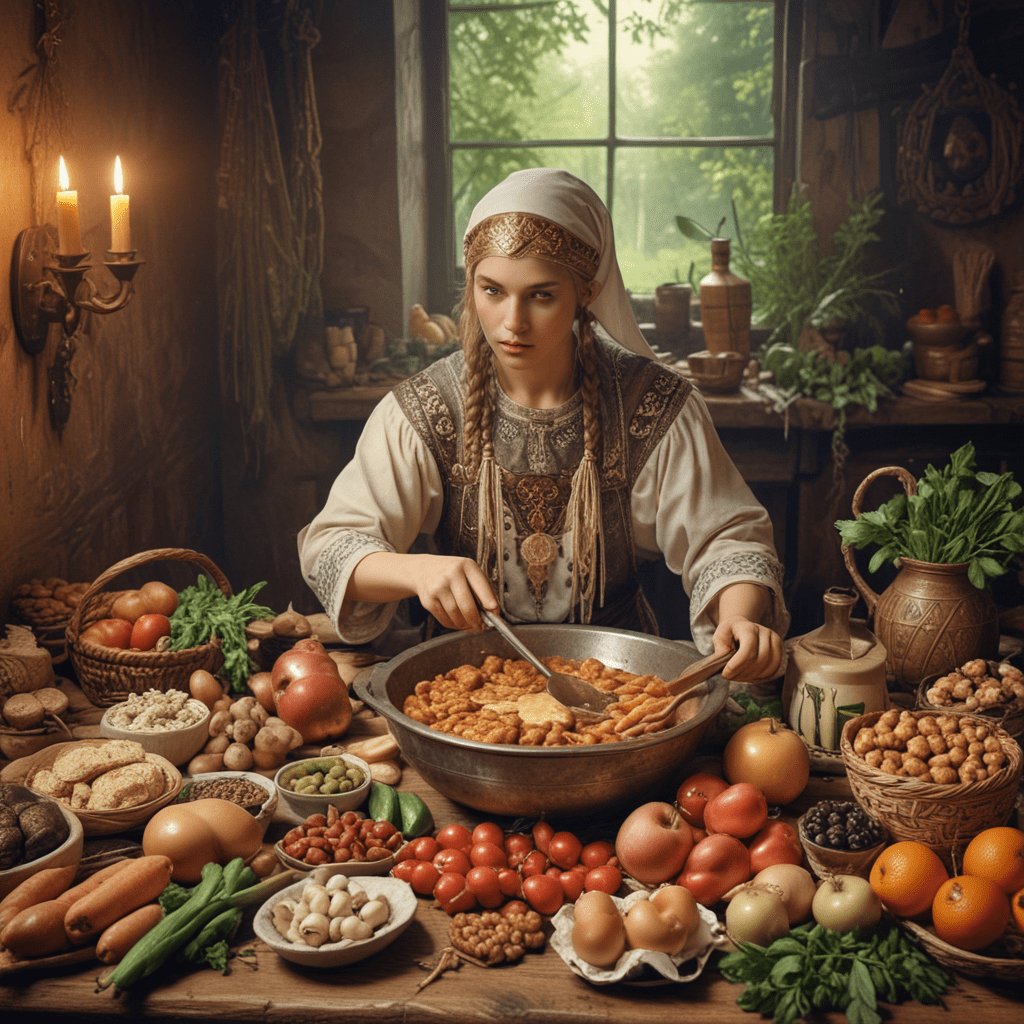Rusalka and the Male Gaze: Exploring the Gendered Dynamics in Rusalka Legends
I. Introduction
The Rusalka is a captivating figure within Slavic folklore, often depicted as a beautiful water nymph or spirit associated with lakes and rivers. These mythical beings are typically portrayed as young women who have met tragic fates, often linked to love, loss, and betrayal. The essence of the Rusalka embodies both allure and danger, reflecting the complexities of femininity in folklore.
At the same time, the concept of the male gaze, as introduced by feminist film theorist Laura Mulvey, refers to the way visual arts and literature depict women from a masculine, heterosexual perspective, often objectifying them. This framework allows for a deeper understanding of how female figures like the Rusalka are represented and perceived in narratives.
This article aims to explore the gendered dynamics within Rusalka legends, examining how the male gaze shapes the depiction of these enigmatic figures and their interactions with male characters.
II. Historical Context of Rusalka Legends
The origins of Rusalka stories can be traced back to various Slavic cultures, with each region offering its unique interpretations and variations. In some traditions, Rusalka are seen as the souls of young women who died tragically, often through suicide or by drowning, while in others, they are considered playful spirits who entice men to their watery domains.
Over time, the figure of the Rusalka has evolved significantly. Initially portrayed as vengeful spirits seeking retribution for their untimely deaths, they have gradually transformed into symbols of unfulfilled desire and lost innocence.
The cultural significance of the Rusalka is profound, serving as a reflection of societal attitudes towards women, love, and mortality. In various Slavic communities, Rusalka legends were not just entertainment but also cautionary tales that highlighted the consequences of infidelity and betrayal.
III. The Male Gaze Explained
The male gaze is a critical concept in analyzing the representation of women in literature and film. It describes how narratives are often structured to cater to a heterosexual male perspective, objectifying women and reducing them to mere objects of desire.
This perspective has a significant impact on how female characters are portrayed, often leading to stereotypes that emphasize physical beauty while neglecting deeper character development. In folklore and mythology, the male gaze can influence how female figures are understood, often framing them in relation to male characters and their desires.
IV. Gendered Dynamics in Rusalka Legends
In Rusalka stories, male characters often play pivotal roles, ranging from heroic figures to villains. These depictions can reinforce traditional gender roles, where men are active agents and women are passive recipients of their actions.
- Depiction of Male Characters: Male figures in Rusalka legends are often depicted as either the object of the Rusalka’s longing or as antagonists who betray her trust, leading to tragic outcomes.
- The Rusalka as an Object of Desire and Fear: The Rusalka is frequently portrayed as both enchanting and deadly, embodying the duality of attraction and danger that captivates male characters.
- Interactions Between Male and Female Characters: The relationships between Rusalka and male characters often highlight themes of power imbalance, where the Rusalka’s fate is determined by the choices of men.
V. Themes of Love, Betrayal, and Sacrifice
Romantic relationships are central to many Rusalka tales, often fraught with emotional turmoil. These narratives explore the consequences of desire, betrayal, and the sacrifices women make for love.
- Analysis of Romantic Relationships: Many Rusalka stories depict the tragic love between a Rusalka and a mortal man, emphasizing the fleeting nature of their connection and the inevitability of heartbreak.
- Consequences of Desire and Betrayal: Female characters often face dire consequences due to the actions of male figures, such as abandonment or betrayal, which can lead to their downfall.
- Symbolism of Sacrifice: Sacrifice plays a significant role in Rusalka narratives, where female characters often endure suffering for the sake of love, reflecting societal expectations of women’s roles.
VI. Contemporary Interpretations of Rusalka
Modern adaptations of Rusalka legends appear in various forms of media, including literature, film, and opera. These contemporary works often reinterpret the traditional narratives, challenging or reinforcing the male gaze.
- Modern Adaptations: Recent retellings have sought to provide a more nuanced understanding of the Rusalka, focusing on her agency and complexity as a character.
- Challenging the Male Gaze: Some adaptations subvert traditional narratives, allowing female characters to reclaim their stories and emphasize their perspectives.
- Feminist Readings: Feminist interpretations of Rusalka legends highlight the importance of viewing these tales through a gendered lens, revealing underlying themes of empowerment and resistance.
VII. The Role of Nature and the Supernatural
The connection between the Rusalka and nature is a significant aspect of her identity. Water, a symbol of femininity, plays a crucial role in her portrayal, often representing both life and death.
- Connection to Water and Nature: The Rusalka’s association with water highlights her fluidity and connection to the natural world, which can be both nurturing and destructive.
- The Supernatural as Societal Reflection: The supernatural elements in Rusalka legends often mirror societal views on femininity, suggesting that women’s roles are tied to the natural order.
- Nature as a Space for Empowerment or Entrapment: While nature can serve as a refuge for the Rusalka, it can also symbolize the constraints placed on women, reflecting a complex relationship with their environment.
VIII. Conclusion
The exploration of gender dynamics in Rusalka legends reveals the intricate interplay between the male gaze and female representation in folklore. These narratives, while steeped in tradition, offer valuable insights into societal attitudes toward women and the complexities of desire, love, and betrayal.
Re-examining these traditional tales through a gendered lens is essential for understanding their cultural significance and relevance in contemporary discourse. Further research and reinterpretation of folklore can promote a more inclusive understanding of these narratives, allowing for a richer appreciation of the Rusalka’s role in Slavic culture and beyond.



